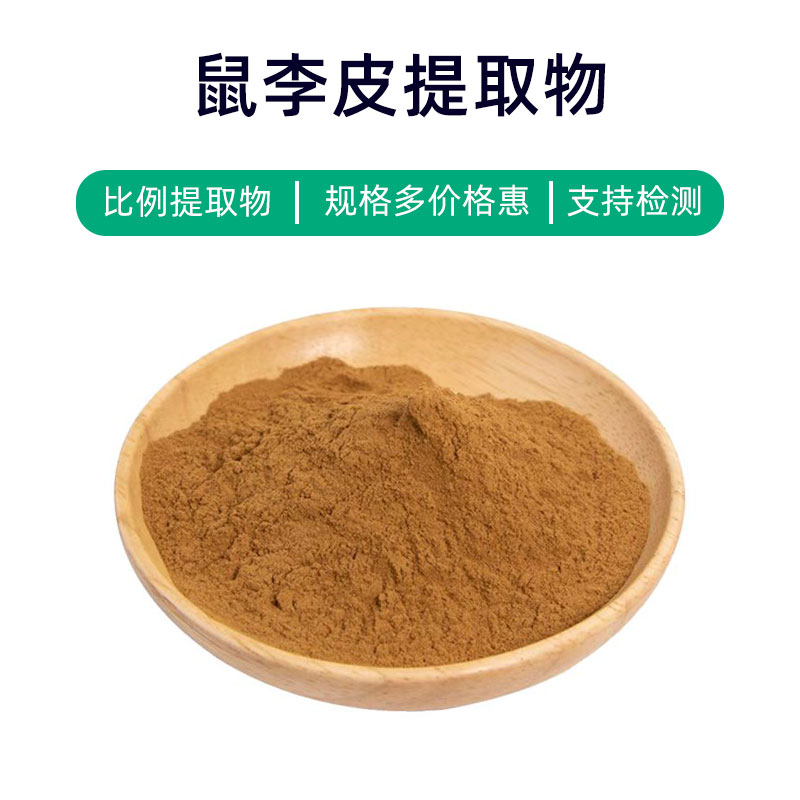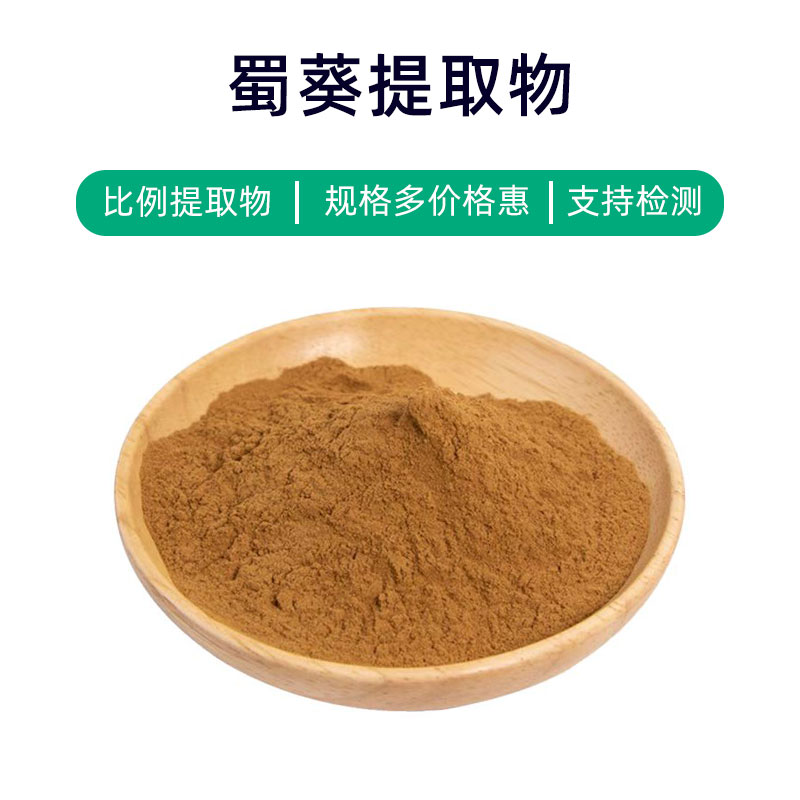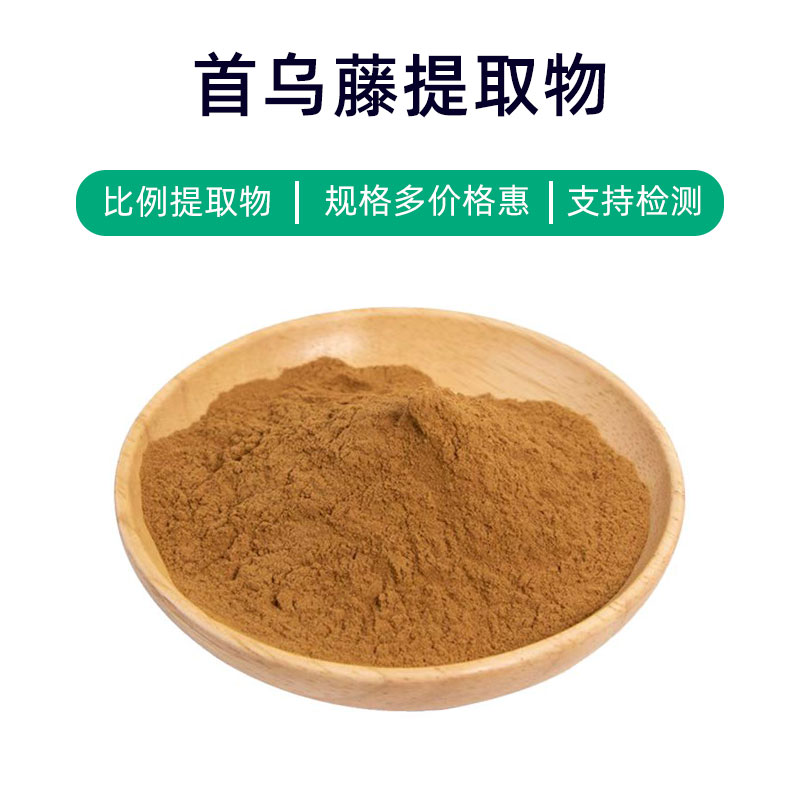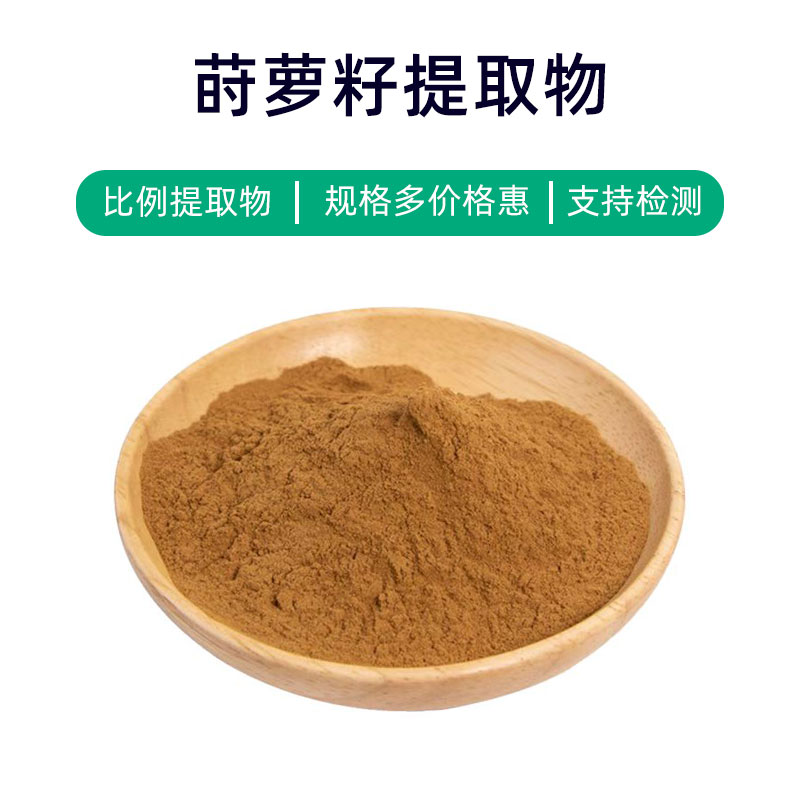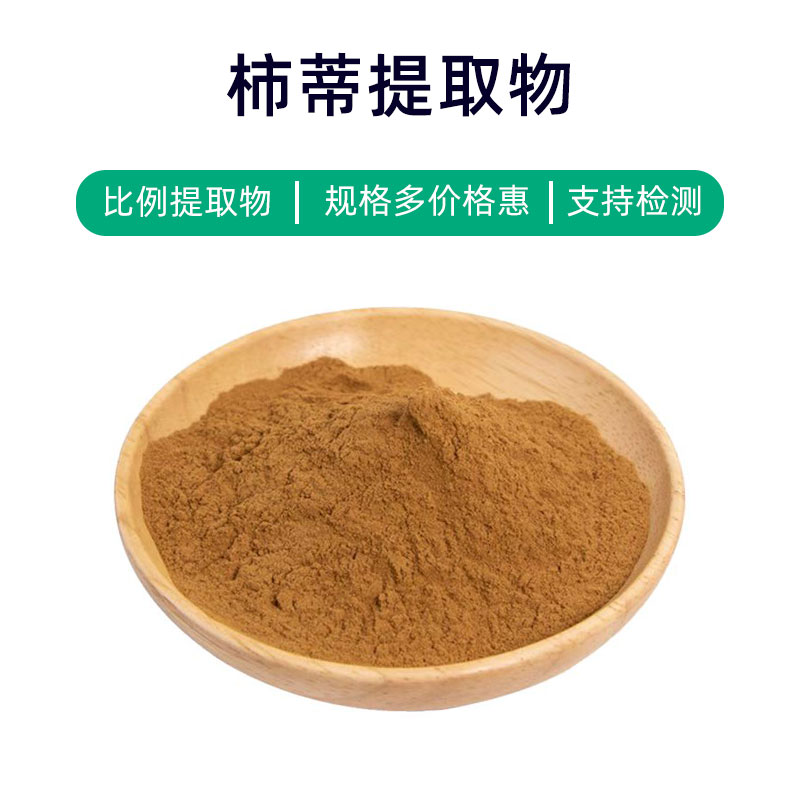Alfalfa Extract Product Introduction
Alfalfa extract is a natural plant extract derived from the alfalfa (Medicago sativa) plant. Its key components include flavonoids, amino acids, proteins, vitamins, and minerals. It's widely utilized in the pharmaceutical, health supplement, and cosmetic industries.
This product boasts multiple benefits, including antioxidant, anti-inflammatory, wound healing, skin health improvement, and immune boosting properties. The flavonoids present in alfalfa extract have antioxidant and anti-inflammatory effects, helping to reduce inflammation and cellular oxidative stress. In addition, its rich vitamin and mineral content supports skin health and enhances immune function.
In the pharmaceutical sector, alfalfa extract is commonly used to formulate health supplements and herbal formulations aimed at improving digestive system function, regulating blood sugar and cholesterol levels, and promoting bone health. In health supplements, it is available in liquid, capsule, or tablet forms. In the cosmetic field, alfalfa extract is frequently found in skincare and hair care products, used for anti-aging, soothing skin, and enhancing hair health.
Overall, alfalfa extract presents a wide range of applications and plays important roles in various fields.
Alfalfa Extract Production Process
The production process for alfalfa extract typically involves the following main steps:
- Raw Material Preparation: Quality alfalfa plants are chosen as the extraction material, generally selecting fresh alfalfa leaves during the growing season to ensure the integrity and activity of its nutrients.
- Washing and Processing: The harvested alfalfa leaves are cleaned to remove surface impurities and dirt, ensuring the purity and quality of the extract.
- Crushing and Grinding: The cleaned alfalfa leaves are crushed and ground into a powder form, increasing extraction efficiency and surface area.
- Extraction Process: Common extraction methods include water extraction, ethanol extraction, and supercritical fluid extraction. The crushed alfalfa leaves are soaked with the extraction solvent, using heating, stirring, and other operations to dissolve the active ingredients fully.
- Filtration and Concentration: The extract is filtered to remove residues and impurities, followed by concentration, where the solvent is evaporated to obtain concentrated alfalfa extract.
- Drying and Grinding: The concentrated alfalfa extract is dried to remove moisture, and then ground to produce the final extract powder.
- Packaging and Storage: Finally, the extract powder is packaged and stored under appropriate conditions to ensure its shelf life and quality stability.
This is a general production process for alfalfa extract; specific processes may vary based on the manufacturer's technology and equipment.
Alfalfa Extract Effects and Side Effects
As a natural plant extract, alfalfa extract has multiple benefits and functions, mainly including:
- Nutritional Supplement: Rich in various vitamins, minerals, and amino acids, alfalfa extract helps provide essential nutrients, enhancing physical health.
- Antioxidant Properties: Contains abundant antioxidants, such as flavonoids and vitamin C, which help neutralize free radicals, reduce oxidative stress, protect cells from damage, and slow aging.
- Immune Boosting: The diverse nutrients in alfalfa extract regulate immune functions, enhancing the body's immunity and lowering infection risks.
- Blood Sugar Regulation: Flavonoids in alfalfa extract are believed to help regulate blood sugar levels, aiding in diabetes management.
- Digestive Health Improvement: Rich in dietary fibers and digestive enzymes, it promotes digestive juice secretion, enhances intestinal motility, and alleviates issues like indigestion and constipation.
- Cardiovascular Health Protection: Components such as flavonoids and phytosterols help lower cholesterol and blood pressure, contributing to cardiovascular health and disease prevention.
- Anti-inflammatory Effects: Contains multiple anti-inflammatory components that alleviate symptoms of inflammatory diseases such as arthritis and inflammatory bowel disease.
- Skin Condition Improvement: Antioxidants in alfalfa extract help protect skin from environmental damage, promote regeneration, and address issues like dryness and roughness.
In summary, alfalfa extract is rich in nutrients and possesses various health benefits, but it should be used in moderation to avoid potential side effects like digestive discomfort or allergic reactions. It is recommended to consult with a doctor or nutritionist for appropriate use.
Alfalfa Extract Application Scenarios and Dosage
Alfalfa extract has a wide range of applications in pharmaceuticals, food, and cosmetics, as detailed below:
- Pharmaceuticals:
- Uses: Commonly used in pharmaceuticals, health supplements, and herbal formulations to regulate blood sugar, lower blood pressure, and protect cardiovascular health.
- Dosage: It is generally recommended for adults to take 200-500 mg of alfalfa extract daily, divided into 2-3 doses, and can be taken before or after meals.
- Food:
- Uses: Can be used as a food additive for flavoring, enhancing aroma, or providing nutritional or functional benefits.
- Dosage: The amount added can vary based on the type of food and requirements, usually ranging from 2-5 grams per 100 grams of food according to production formulas.
- Cosmetics:
- Uses: Found in skincare products, beauty items, and hair care products, providing antioxidant, moisturizing, and soothing properties.
- Dosage: The amount added varies based on product type and formulation requirements, typically representing 1%-5% of the product formulation.
- Other Applications:
- Oral Solutions: Can also be used to prepare oral solutions for alleviating symptoms like dry mouth and sore throat, with a typical dosage of 5-10 ml per intake.
- Injectables: Alfalfa extract may be formulated into injectables for treating chronic diseases, but should be used under medical guidance.
Overall, alfalfa extract has extensive applications, but appropriate dosage and use must be determined based on specific conditions, ensuring safety and applicability in various sectors. It is advisable to consult professionals before use.
Alfalfa Source Plant Description, Distribution, and Growth Environment
Alfalfa (scientific name: Medicago sativa) is a perennial herbaceous plant belonging to the legume family. It is a common forage and green manure crop. Below is an overview of the source plant for alfalfa extract, its distribution, and growth environment.
- Source Plant:
Alfalfa originated in Western Asia and has been widely introduced around the world due to its high yield, drought resistance, cold tolerance, and strong adaptability, spreading to regions including Asia, Europe, North America, Africa, and Australia. Its robust root system allows it to absorb nutrients and water deeply from the soil, adapting well to different climates and soil conditions. - Distribution:
Alfalfa is native to Western Asia and was one of the crops used in ancient civilizations. With agricultural advancements and globalization, it has been introduced worldwide. Today, alfalfa is extensively cultivated in temperate and subtropical regions globally, especially in many countries across North America, Europe, and Asia. - Growth Environment:
Alfalfa is highly adaptable and can grow in various environments. Generally, it thrives in warm, moist climates but can also withstand arid and cold conditions. Although it is not overly demanding regarding soil types, it grows best in well-drained loamy soils. During the growing season, adequate sunlight and moisture are necessary to ensure optimal photosynthesis and development.
In summary, as an important forage and green manure crop, alfalfa has widespread distribution and adaptability, cultivated and utilized around the globe. Its growth conditions are relatively flexible, suited to various climatic and soil types, providing essential agricultural resources.
Processing and Storage of Alfalfa Extract
The processing of alfalfa extract generally includes the following steps: First, alfalfa is harvested and undergoes preliminary treatment, such as washing and cleaning. Next, the processed alfalfa is extracted using common methods like water extraction, solvent extraction, or supercritical fluid extraction. The resulting mixture is then filtered, concentrated, and dried to produce alfalfa extract. Quality control is performed before packaging and storage as needed.
For storage, alfalfa extract should be kept in a dry, cool, and ventilated environment, away from direct sunlight and high temperatures. During packaging, choose containers with good sealing properties and minimize exposure to air and moisture to prevent oxidation and spoilage. Additionally, regularly check the quality and storage conditions of the extract to ensure its stability and quality.
Monica Sun is a seasoned expert in the plant extraction industry with over a decade of experience in research and production. She specializes in the extraction and purification of plant active ingredients, focusing on driving innovation in natural product applications. Monica has participated in the development of multiple functional plant extracts, delivering high-value natural raw material solutions for the health food, pharmaceutical, and dietary supplement sectors.









